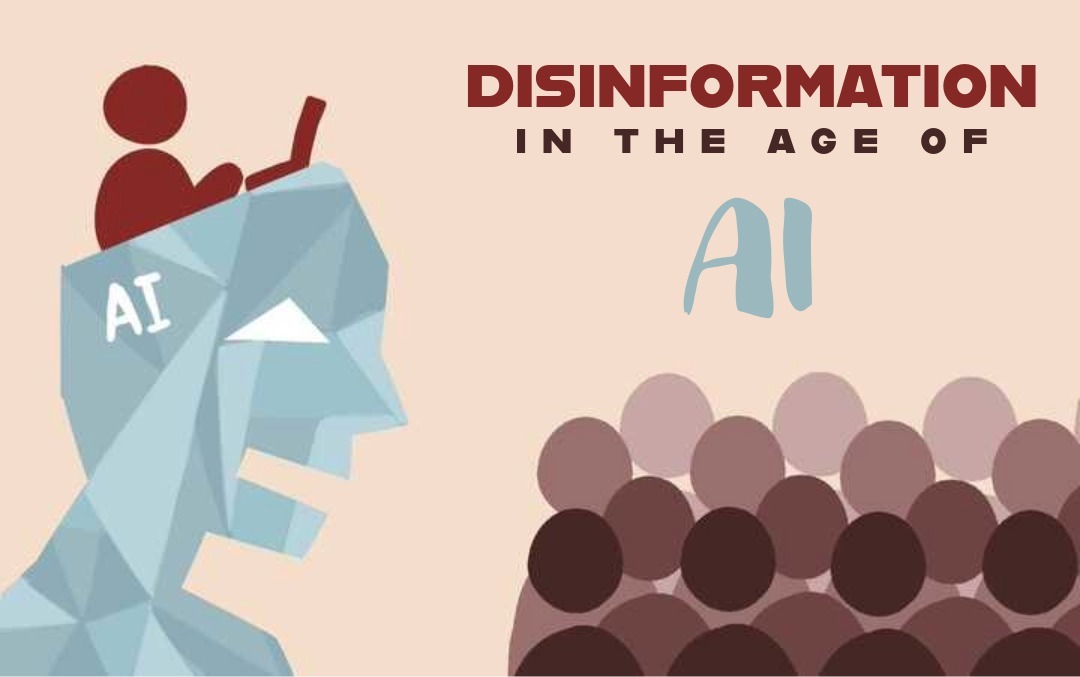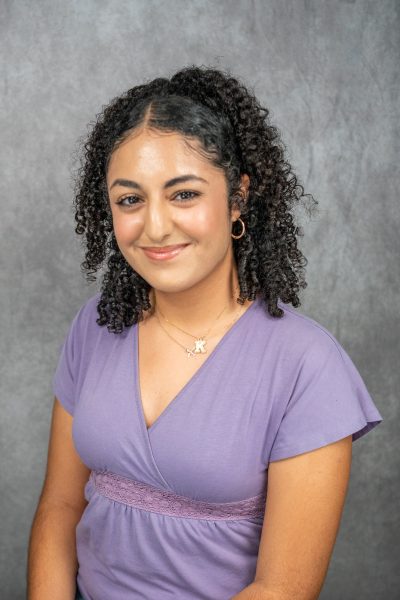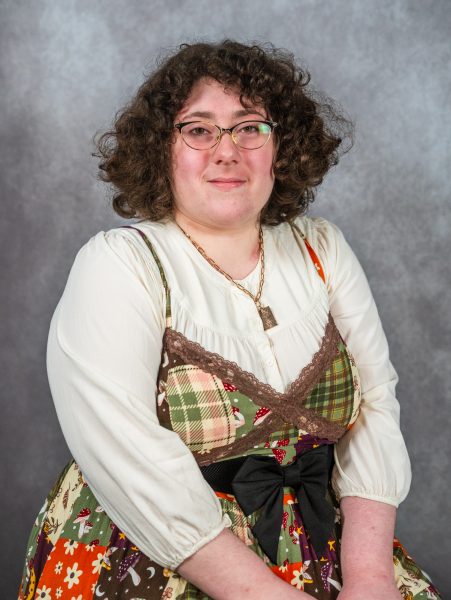Santa Rosa Junior College librarian Canon Crawford spoke about the importance of media literacy amid the rise of AI-driven content at the “Fake News in the Era of Generative AI” workshop Sept. 15 at Doyle Library.
Crawford, SRJC public services librarian and information literacy instructor, started the workshop after Russian sources pursued disinformation campaigns via social media to influence American voters in the 2016 election. In recent years, increased accessibility to AI tools and unmoderated social apps has given anyone the power and platform to generate and distribute disinformation.
“The time, energy, and tools just make it just so much easier on us and quicker,” Crawford said. “I probably could sit down with two or three apps in front of me and generate a false story on any headline that we go and pick out with the paper today.”
Disinformation, the intentional spread of false information, is damaging when media consumers fail to recognize it and share it with others, he said. According to Crawford, if a content creator uses bot accounts to imitate human behavior to spread disinformation, the damage can increase exponentially.
Gabriel Gutierrez, a second-year business major, has noticed fake news whenever he’s on social media.
“Online posts and news sources like these kinda just ricochet into vicious cycles that spread like rapid fire, only creating further divisions in society and dangerous narratives,” he said.
“We’re sort of living in a black and white cityscape at the moment, where we have certain groups spreading misinformation or bias through artificial intelligence and other more marginalized, vulnerable groups taking the bait,” Gutierrez said.
According to Crawford, the best way to combat disinformation is to inform media consumers, because government or platform regulations cannot keep up with new advancements and workarounds.
Crawford said fake media can be identified by “lateral reading,” a practice that includes checking the source and author and researching the content with academic search engines such as Google Scholar.
To determine if the information is well-documented or an outlier, Crawford suggested readers fact check the references provided on a source.
Librarian and professor of information literacy Sheila Cunningham said that when surveying students to find where they get their information, most reported social media.
“We need to be pretty media savvy with a healthy dose of skepticism to make sure we’re not being duped or misled when social media is a top choice for information,” she said.
Cunningham will host Evaluate Web Sources with Lateral Readings, an online introductory workshop on Oct. 14 to teach people how to assess the credibility of sources used in media.
For more workshops hosted by SRJC librarians, visit the SRJC Library workshops calendar.






